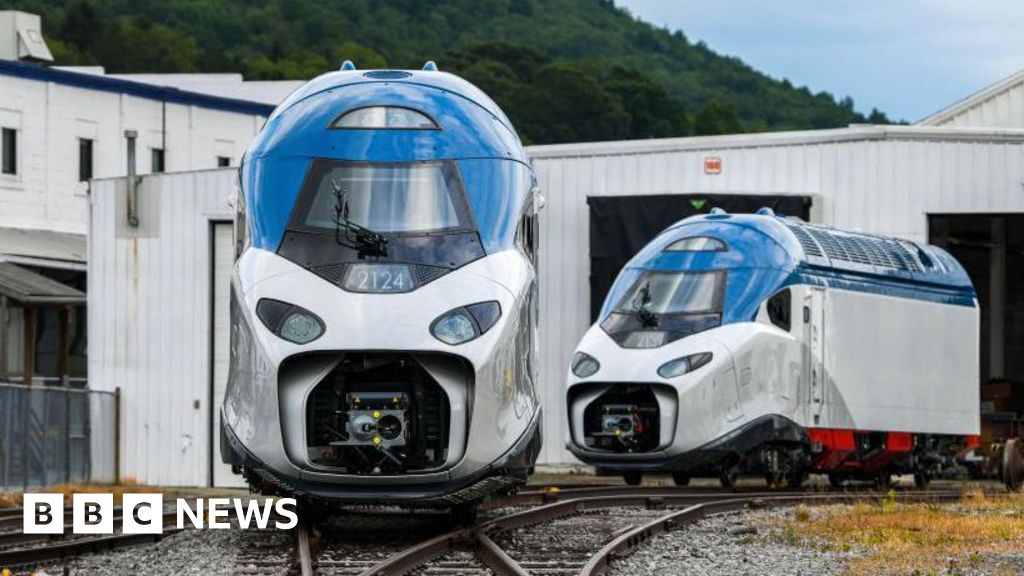ARTICLE AD BOX
By Sarah Corker
BBC News
Image source, PA Media
Image caption,The Grenfell fire in June 2017 claimed the lives of 72 people
Nearly five years after the Grenfell Tower fire, 40% of buildings in England with the same type of cladding have not been made safe, new figures show.
The flammable cladding panels have been blamed for the rapid spread of the 2017 London fire, which led to 72 deaths.
In all, 481 buildings have been identified with Grenfell-style ACM cladding and are unlikely to meet building regulations.
As of December 2021, 289 of those buildings have had work fully finished.
The government had set aside billions to remove dangerous cladding. Blocks in England above 18m tall with cladding defects qualify for the £5.1bn Building Safety Fund.
Cladding campaigners say it is taking too long to make homes safe, while leaseholders have told the BBC that accessing funding is a complex process.
Remediation work has been slow to begin and not all blocks are eligible for help.
The information comes from government figures released on Thursday and analysed by the BBC.
The number is lower for private sector blocks. Fewer than half, 48%, have been finished and signed off as safe.
Greater Manchester and London have the biggest clusters of buildings with Grenfell-style ACM cladding: 268 in London, 72 in Manchester and 141 in the rest of England.
For other types of dangerous materials, known as non-ACM cladding, progress has been slower.
In all, 970 blocks have been approved for funding from more than 3,000 applications. But so far, just 18 have been completed, amounting to less than 2%.
In its latest data release, the Department for Levelling Up, Housing and Communities said: "A series of measures have been taken to ensure that remediation occurs quickly and safely.
"The government is determined to learn the lessons from the Grenfell Tower tragedy by making funding available to address the fire safety risks of unsafe cladding on homes and bringing forward the most significant building safety reforms in almost 40 years."
The department has been contacted for further comment.

 3 years ago
72
3 years ago
72








 English (US) ·
English (US) ·